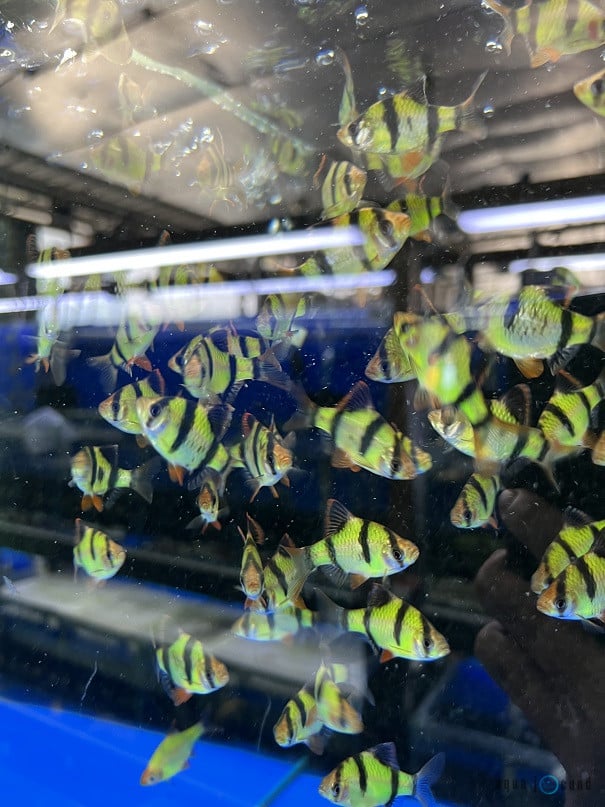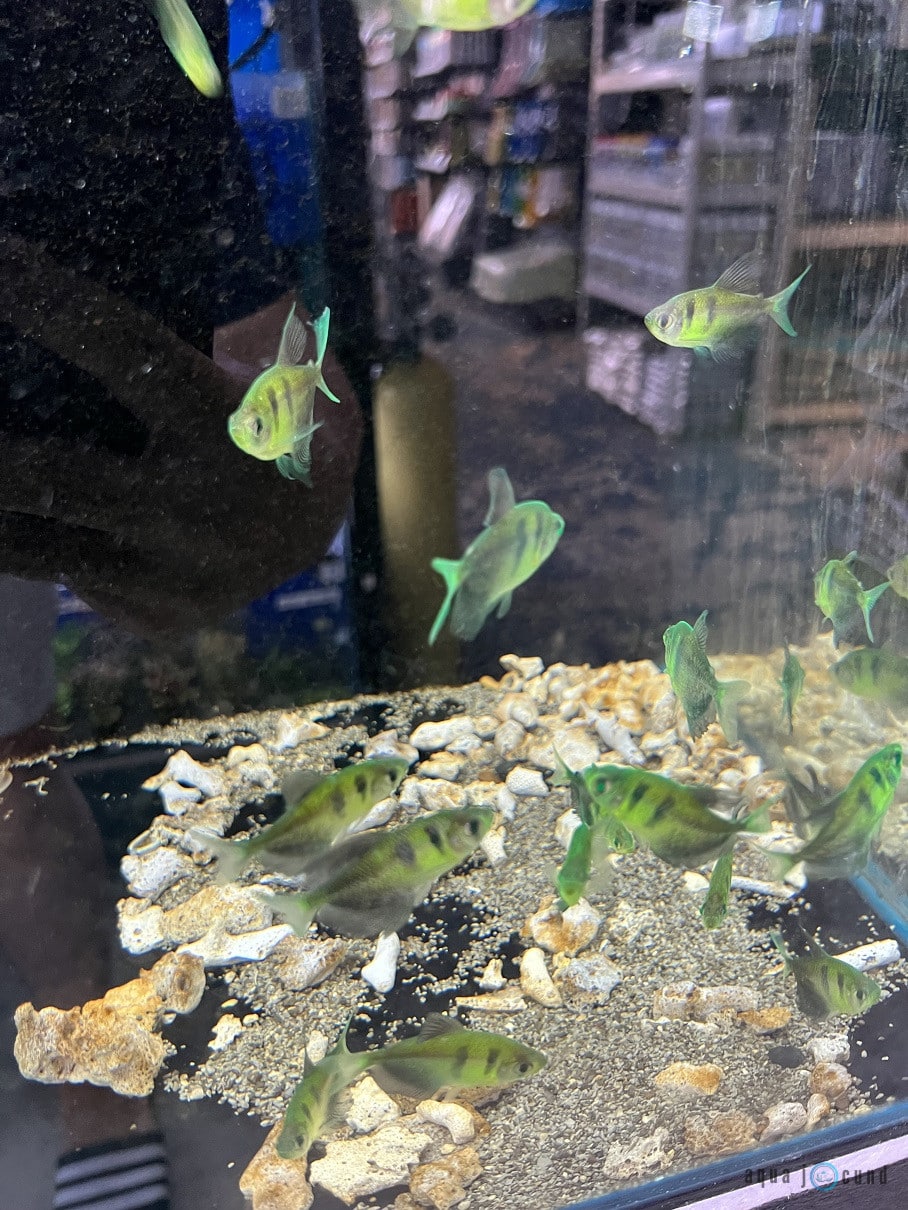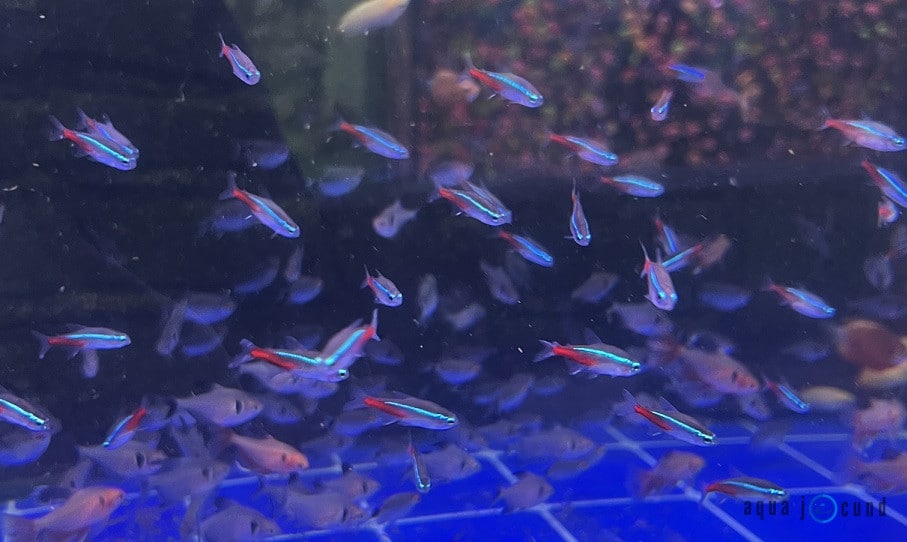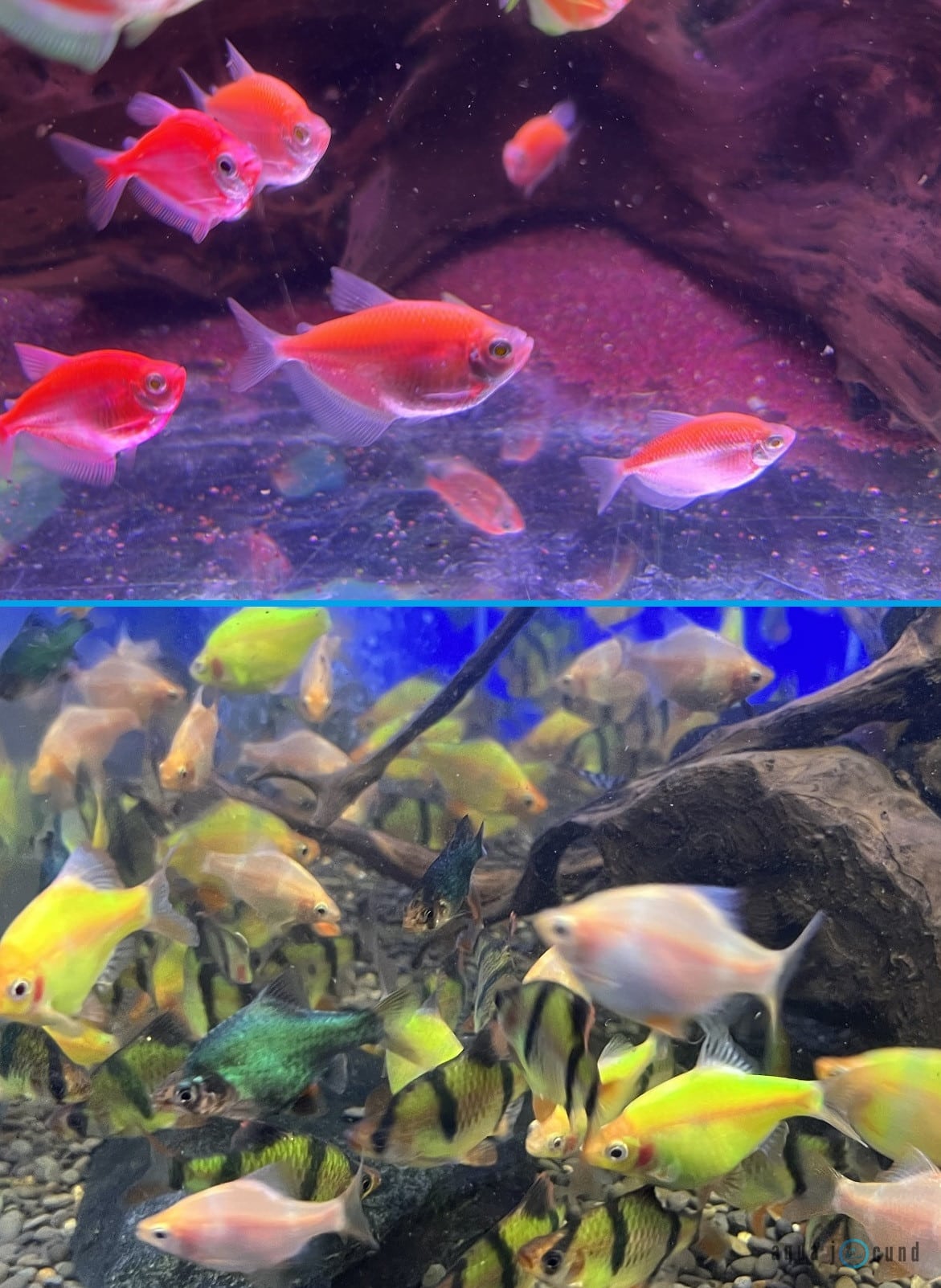
Tiger Barbs are easy fish to grow.
They require quite common environments and demand minimal special care.
Make sure they are among at least 10 or 12 other fish of the same kind and that there is plenty of room for them to swim and they should live happily throughout their whole lifespan.
Not every fish is like this and some should require much more care and special aspects than Tiger Barbs.
GloFish, however, are not among the kinds of fish that demand much care or any special aspects.
If you’ve never heard of GloFish, they are fluorescently colored genetically modified fish that make excellent pets for both kids and adults.
The only aspect that differentiates GloFish species from their natural forms is the fluorescence, so every other aspect should be fairly equal to what you would see with the natural counterparts of most GloFish.
As even fish of the same kind can display different behaviors, it’s simply impossible to say for sure that GloFish will never demand anything different than what the natural versions of these species will.
So, if the feeding, breeding, swimming, and any other aspects should be the same, all that’s left to do is check the compatibility of these species with the Tiger Barb to find out if they can share a tank without any severe consequences.
Considering that Tiger Barbs are known for their semi-aggressiveness, which is clearly seen by the fact that they like picking on other fish just to see what happens, it might be a good idea to house them with GloFish and MONITOR how the tiger barbs treat the Glofish.
Here listed the fishes that I kept in my latest tiger barb community tank.
From my own experience, I have let the tiger barbs and Glofish share a tank and they can live together without any problem.
This was a setup of my previous older tank:
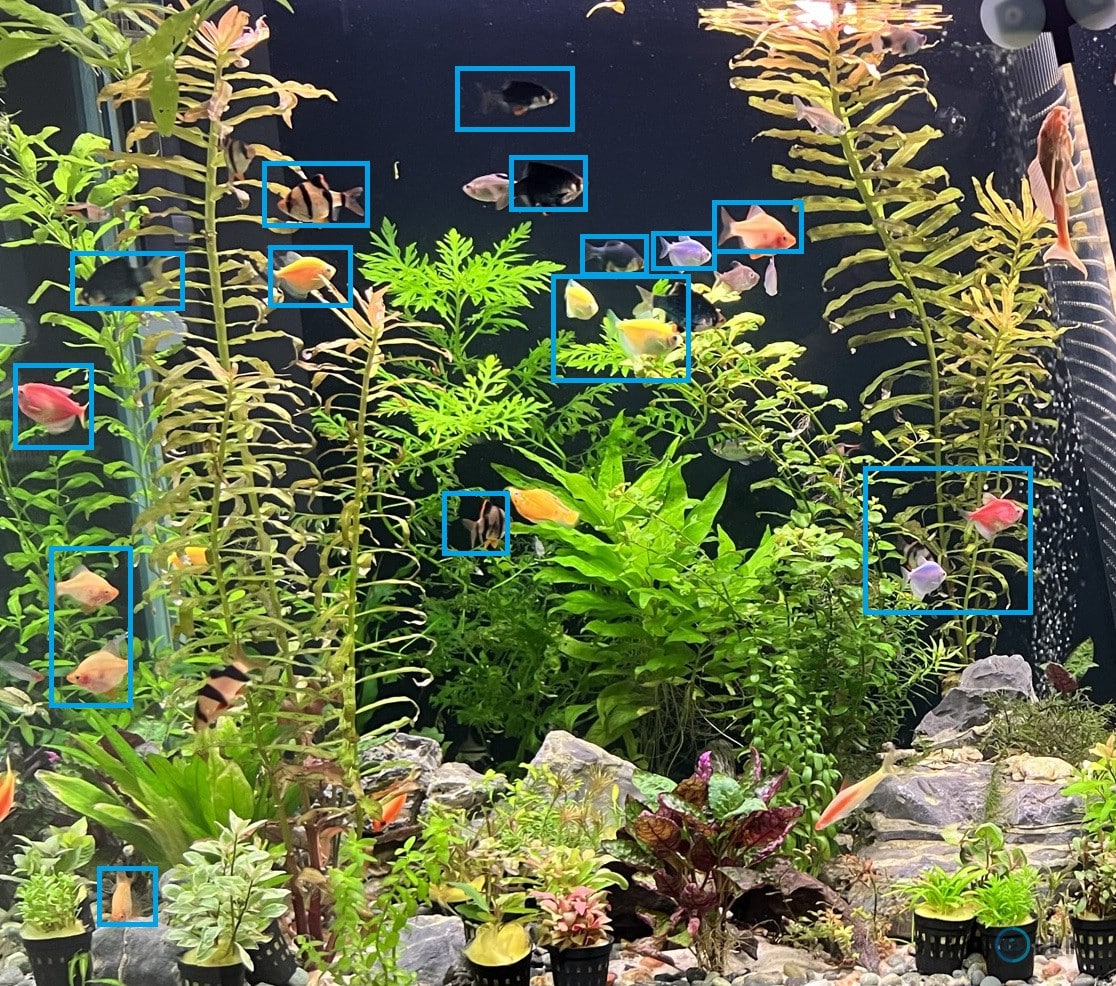
I am speaking from my own case, some might have more aggressive tiger barbs that have potential to harm the GloFish.
So, I would suggest just add them together and monitor the conditions.
If the tiger barbs start attacking the Glofish, it is better to separate them.
If they can live together happily, it would make a great community tank.
Also, Tiger Barbs are particularly attracted by long fins and, upon seeing them, they tend to nibble. So, long-fin glofish as images below should not be the perfect match.
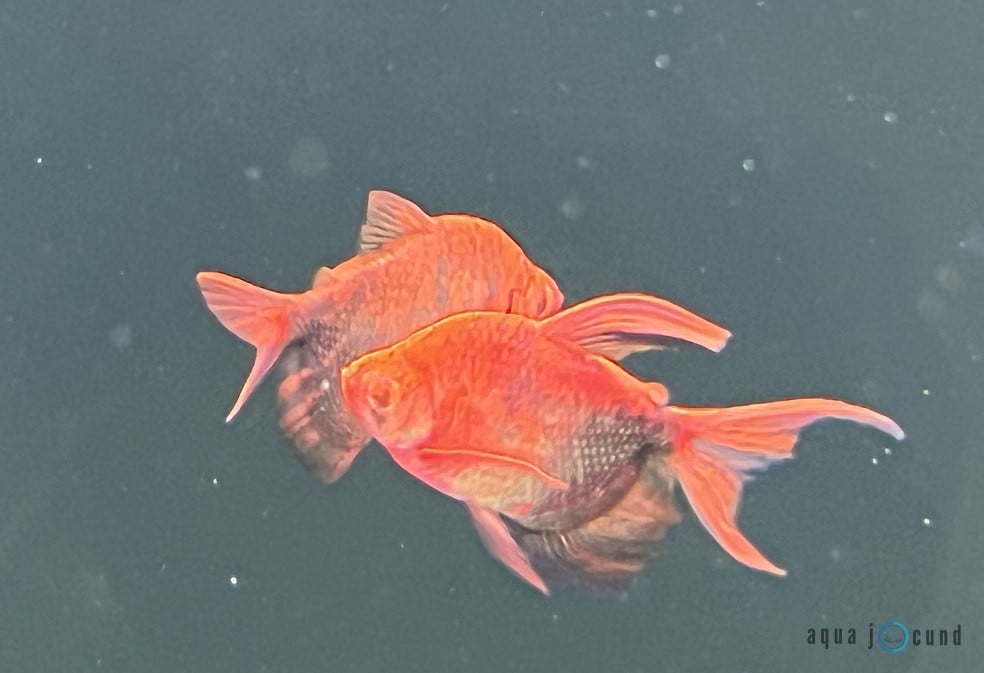
Smaller fish that can be eaten by Tiger Barbs shouldn’t share the same tank and neither slow eaters, since the gobbling attitude of Tiger Barbs may prevent others from eating enough food.
However, there are some exceptions in this case.
For example, neon tetra fish can be kept in the same tank as the tiger barbs since they do not conflict each other.
Guppies, on the other hand, might not compatible with tiger barbs due its smaller size and long fins.

Fast swimmers, on the other hand, just like fish that are bigger than Tiger Barbs, should make good companions.
Unless they are also aggressive, (which may stress out the Tiger Barb), bigger fish shouldn’t be any problem.
Tiger Barbs are also famous for occupying the central part of tanks, so bottom dwellers, big or small, should go by unnoticed.

